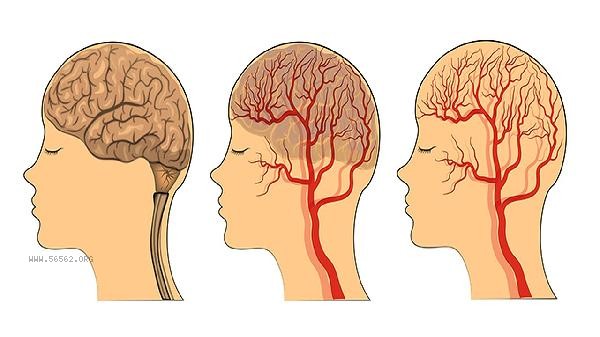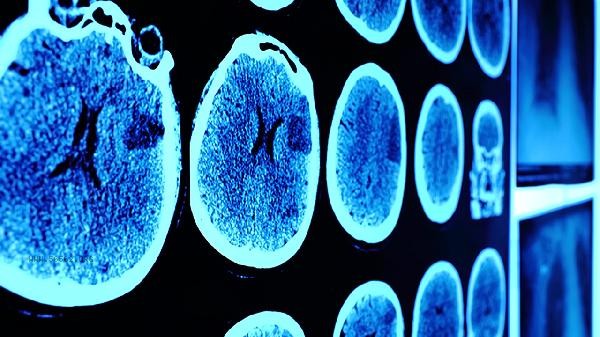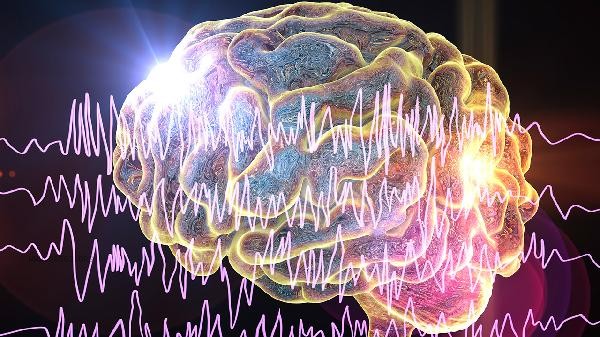Transient loss of consciousness in the brain may be caused by hypoglycemia, orthostatic hypotension, transient ischemic attacks, arrhythmia, epileptic seizures, and other factors. This condition is medically referred to as syncope or transient loss of consciousness, and targeted interventions should be taken based on the specific causes.

1. Hypoglycemia
Rapid decrease in blood sugar levels can lead to insufficient energy supply to brain cells. It is commonly seen in patients with diabetes after overdose, long time without eating or strenuous exercise. Typical manifestations include prodromal symptoms such as cold sweat, palpitations, and hand tremors. It is recommended to carry candy with you and eat sugary foods immediately when symptoms appear. Repeated episodes require monitoring of blood sugar and adjusting the glycemic control plan.
2. Postural hypotension
Delayed blood pressure regulation when quickly getting up can lead to insufficient blood supply to the brain. More common in elderly people, pregnant women, or those taking antihypertensive drugs. May be accompanied by symptoms such as blackening and dizziness in front of the eyes. When changing positions, one should move slowly and increase water and salt intake to help maintain blood volume. Severe cases require a doctor to evaluate and adjust medication.
3. Transient cerebral ischemia
Temporary decrease in cerebral blood flow leads to local brain dysfunction. Commonly seen in patients with hypertension and arteriosclerosis, the symptoms are similar to stroke but have a short duration. May experience unilateral limb weakness or ambiguous speech. It is necessary to evaluate the vascular condition through carotid ultrasound and other examinations, and controlling blood pressure and blood lipids is the key to prevention.

4. Arrhythmia
Decreased cardiac pumping efficiency leads to insufficient cerebral perfusion. Ventricular tachycardia or severe bradycardia can both be induced. During an attack, there may be discomfort such as palpitations and chest tightness. Dynamic electrocardiogram can capture abnormal electrocardiographic activity, and if necessary, a pacemaker or radiofrequency ablation therapy should be installed.
5. Seizure
Abnormal discharge of brain neurons leads to consciousness disorders. The typical symptoms are limb twitching and urinary incontinence, but some episodes only manifest as brief daze. Electroencephalogram examination can provide a clear diagnosis, and commonly used antiepileptic drugs include sodium valproate, levetiracetam, etc. Patients should avoid driving and working at heights.

It is necessary to maintain a regular daily routine and moderate exercise to avoid excessive fatigue and emotional excitement. After the onset, the triggering factors and accompanying symptoms should be recorded to help doctors determine the cause. Middle aged and elderly individuals or those with recurrent symptoms need to undergo comprehensive evaluations such as head CT scans and cardiac examinations. If there are premonitory symptoms before driving or operating machinery, the activity should be stopped immediately to prevent accidental injury.







Comments (0)
Leave a Comment
No comments yet
Be the first to share your thoughts!